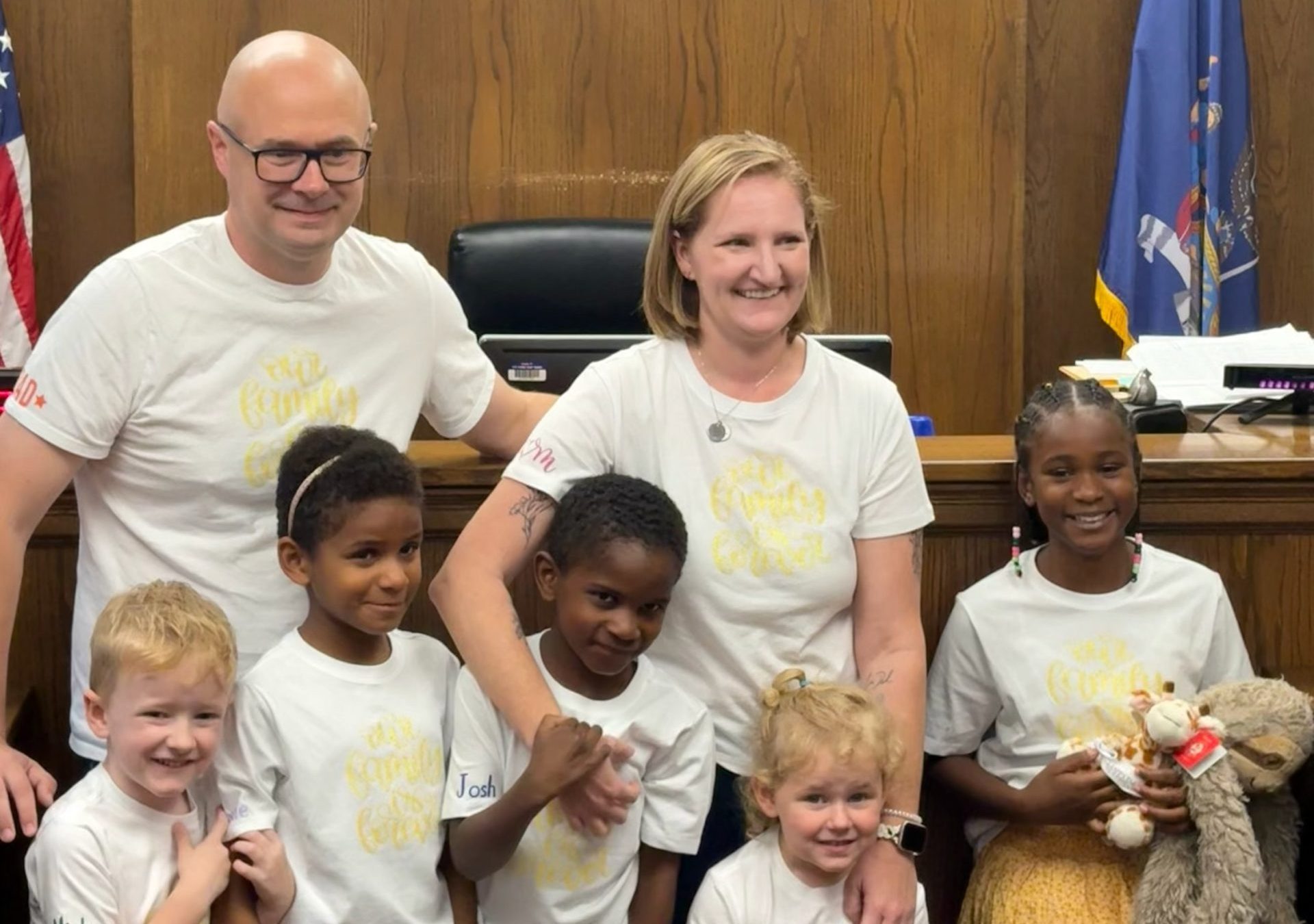Parenting & Childcare Blog
How to Use Positive Language to Effectively Communicate with Your Kids
Research has shown that when speaking to children using negative language or commands, like “stop” and “no,” their flight or fight response is activated, which makes a parenting request or lesson impossible for the kiddos to understand and internalize. Therefore, when speaking with your kids to redirect their activities, provide guidance, or teach a lesson, using positive language is significantly more effective. Transitioning to positive language can be difficult to master but with practice and dedication, it is possible. You’ll likely find the effort was worth the outcome.
What is positive language?
In this context, using positive language when speaking with your children means providing clear instruction and reasoning in a way that avoids negative commands. A significant part of using positive language when communicating with children includes providing the ‘why’ behind the rules you establish. When you simply say “stop,” your child can be left in a state of confusion. What behavior should they stop? Why do they need to stop? What can they do instead? Ultimately, using positive language prevents your kiddo’s fight or flight response from activating and creates an opportunity for you to change behavior not only in the instance but also in the future.
How can I incorporate positive language into typical scenarios?
Here is an example — Imagine your child running through your living room, doing laps around your glass-topped coffee table. Obviously, this presents a safety risk for your child and while you may instinctively react by saying, “stop running,” doing so is ineffective and can lead to your child ignoring you (or running around the table again in the future).
An alternative response that uses positive language is: “Walk, please. I know you have a lot of energy and want to play. Running inside is dangerous because you could accidentally hurt yourself on the table. Why don’t you go into the backyard to run around? I can get your sneakers for you.” This response is more effective than “stop running” because it…
- Does not use a negative word that triggers the flight or fight response
- Recognizes your child’s motivation and situation (having a lot of energy)
- Redirects your kiddo to an approved alternative (running outside)
- Provides your kid with the next step to the next activity (putting on sneakers)
Parenting from the Heart also offers some quick language switches that turn a negative statement into a positive one, including…
- Stop touching your sister → Hands to yourself.
- Don’t throw toys → Please keep your toys on the ground.
- Stop interrupting → I can see you want to talk to me. Wait one moment, please.
- Leave him alone → Come over here and play.
What are some ways I can make positive language a norm?
Transitioning from negative statements to positive language is a shift that must be conscious and practiced. You’re not going to change your communication techniques overnight but with time and practice, you can! Here are some ways that you can make positive language your typical communication style:
- Take a calming breath before responding
- Use a calm voice, even when you’re angry
- Build new habits by practicing positive language in all interactions, not just those with your kiddos
- Educate yourself using research, books, and podcasts.



